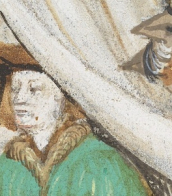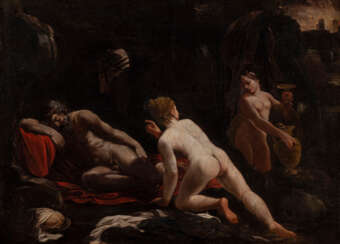jacopo tintoretto
 Тинторетто. Автопортрет. 1588.jpg)
Jacopo Robusti Tintoretto was an Italian painter, a significant figure in the Venetian school, and one of the most notable artists of the late Renaissance. Born in Venice in 1518, Tintoretto was known for his rapid painting technique and bold brushwork, which both fascinated and sparked debate among his contemporaries. His early aspirations were evident when he was briefly apprenticed to Titian, a relationship that ended abruptly due to a clash of personalities or Titian's possible jealousy of Tintoretto's talent. Despite this setback, Tintoretto's self-driven studies, particularly his admiration for Michelangelo's drawing and Titian's coloring, shaped his artistic development.
Tintoretto's body of work is distinguished by its dramatic gestures and muscular figures, set in dynamic compositions with a masterful use of perspective and lighting, hallmarks of the Mannerist style. His paintings are celebrated for their emotional intensity and theatricality, elements that prefigured the Baroque movement. Among his numerous contributions to art and culture, Tintoretto's work in the Scuola Grande di San Rocco in Venice stands out, showcasing his skill in creating narrative and spiritual depth across a vast series of canvases dedicated to biblical stories and the life of Christ.
Significant works by Tintoretto include "The Last Supper" at San Giorgio Maggiore, which exemplifies his innovative approach to this traditional religious subject, and "The Miracle of the Slave," demonstrating his ability to convey divine intervention with dynamic realism. His legacy extends beyond his death in 1594, with his influence resonating in the works of later artists and contributing to the development of Baroque art.
Tintoretto's dedication to his craft and his unique approach to painting made him a pivotal figure in the transition from the Renaissance to the Baroque period. His works are housed in prestigious museums and galleries worldwide, continuing to inspire and captivate audiences with their intensity and beauty.
For collectors and experts in art and antiques, Tintoretto's oeuvre represents not only a high point of Venetian painting but also a bridge between eras in art history. His innovative techniques and expressive style offer rich insights into the evolving aesthetics of his time.
To stay updated on exhibitions, sales, and auction events related to Jacopo Robusti Tintoretto's work, signing up for updates is recommended. This subscription ensures access to the latest information on available pieces and upcoming showcases, tailored specifically to enthusiasts of Tintoretto's groundbreaking contributions to art and culture.
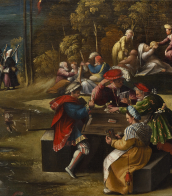
 Тинторетто. Автопортрет. 1588.jpg)
Jacopo Robusti Tintoretto was an Italian painter, a significant figure in the Venetian school, and one of the most notable artists of the late Renaissance. Born in Venice in 1518, Tintoretto was known for his rapid painting technique and bold brushwork, which both fascinated and sparked debate among his contemporaries. His early aspirations were evident when he was briefly apprenticed to Titian, a relationship that ended abruptly due to a clash of personalities or Titian's possible jealousy of Tintoretto's talent. Despite this setback, Tintoretto's self-driven studies, particularly his admiration for Michelangelo's drawing and Titian's coloring, shaped his artistic development.
Tintoretto's body of work is distinguished by its dramatic gestures and muscular figures, set in dynamic compositions with a masterful use of perspective and lighting, hallmarks of the Mannerist style. His paintings are celebrated for their emotional intensity and theatricality, elements that prefigured the Baroque movement. Among his numerous contributions to art and culture, Tintoretto's work in the Scuola Grande di San Rocco in Venice stands out, showcasing his skill in creating narrative and spiritual depth across a vast series of canvases dedicated to biblical stories and the life of Christ.
Significant works by Tintoretto include "The Last Supper" at San Giorgio Maggiore, which exemplifies his innovative approach to this traditional religious subject, and "The Miracle of the Slave," demonstrating his ability to convey divine intervention with dynamic realism. His legacy extends beyond his death in 1594, with his influence resonating in the works of later artists and contributing to the development of Baroque art.
Tintoretto's dedication to his craft and his unique approach to painting made him a pivotal figure in the transition from the Renaissance to the Baroque period. His works are housed in prestigious museums and galleries worldwide, continuing to inspire and captivate audiences with their intensity and beauty.
For collectors and experts in art and antiques, Tintoretto's oeuvre represents not only a high point of Venetian painting but also a bridge between eras in art history. His innovative techniques and expressive style offer rich insights into the evolving aesthetics of his time.
To stay updated on exhibitions, sales, and auction events related to Jacopo Robusti Tintoretto's work, signing up for updates is recommended. This subscription ensures access to the latest information on available pieces and upcoming showcases, tailored specifically to enthusiasts of Tintoretto's groundbreaking contributions to art and culture.
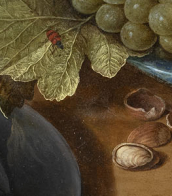
 Тинторетто. Автопортрет. 1588.jpg)
Jacopo Robusti Tintoretto was an Italian painter, a significant figure in the Venetian school, and one of the most notable artists of the late Renaissance. Born in Venice in 1518, Tintoretto was known for his rapid painting technique and bold brushwork, which both fascinated and sparked debate among his contemporaries. His early aspirations were evident when he was briefly apprenticed to Titian, a relationship that ended abruptly due to a clash of personalities or Titian's possible jealousy of Tintoretto's talent. Despite this setback, Tintoretto's self-driven studies, particularly his admiration for Michelangelo's drawing and Titian's coloring, shaped his artistic development.
Tintoretto's body of work is distinguished by its dramatic gestures and muscular figures, set in dynamic compositions with a masterful use of perspective and lighting, hallmarks of the Mannerist style. His paintings are celebrated for their emotional intensity and theatricality, elements that prefigured the Baroque movement. Among his numerous contributions to art and culture, Tintoretto's work in the Scuola Grande di San Rocco in Venice stands out, showcasing his skill in creating narrative and spiritual depth across a vast series of canvases dedicated to biblical stories and the life of Christ.
Significant works by Tintoretto include "The Last Supper" at San Giorgio Maggiore, which exemplifies his innovative approach to this traditional religious subject, and "The Miracle of the Slave," demonstrating his ability to convey divine intervention with dynamic realism. His legacy extends beyond his death in 1594, with his influence resonating in the works of later artists and contributing to the development of Baroque art.
Tintoretto's dedication to his craft and his unique approach to painting made him a pivotal figure in the transition from the Renaissance to the Baroque period. His works are housed in prestigious museums and galleries worldwide, continuing to inspire and captivate audiences with their intensity and beauty.
For collectors and experts in art and antiques, Tintoretto's oeuvre represents not only a high point of Venetian painting but also a bridge between eras in art history. His innovative techniques and expressive style offer rich insights into the evolving aesthetics of his time.
To stay updated on exhibitions, sales, and auction events related to Jacopo Robusti Tintoretto's work, signing up for updates is recommended. This subscription ensures access to the latest information on available pieces and upcoming showcases, tailored specifically to enthusiasts of Tintoretto's groundbreaking contributions to art and culture.

 Тинторетто. Автопортрет. 1588.jpg)
Jacopo Robusti Tintoretto was an Italian painter, a significant figure in the Venetian school, and one of the most notable artists of the late Renaissance. Born in Venice in 1518, Tintoretto was known for his rapid painting technique and bold brushwork, which both fascinated and sparked debate among his contemporaries. His early aspirations were evident when he was briefly apprenticed to Titian, a relationship that ended abruptly due to a clash of personalities or Titian's possible jealousy of Tintoretto's talent. Despite this setback, Tintoretto's self-driven studies, particularly his admiration for Michelangelo's drawing and Titian's coloring, shaped his artistic development.
Tintoretto's body of work is distinguished by its dramatic gestures and muscular figures, set in dynamic compositions with a masterful use of perspective and lighting, hallmarks of the Mannerist style. His paintings are celebrated for their emotional intensity and theatricality, elements that prefigured the Baroque movement. Among his numerous contributions to art and culture, Tintoretto's work in the Scuola Grande di San Rocco in Venice stands out, showcasing his skill in creating narrative and spiritual depth across a vast series of canvases dedicated to biblical stories and the life of Christ.
Significant works by Tintoretto include "The Last Supper" at San Giorgio Maggiore, which exemplifies his innovative approach to this traditional religious subject, and "The Miracle of the Slave," demonstrating his ability to convey divine intervention with dynamic realism. His legacy extends beyond his death in 1594, with his influence resonating in the works of later artists and contributing to the development of Baroque art.
Tintoretto's dedication to his craft and his unique approach to painting made him a pivotal figure in the transition from the Renaissance to the Baroque period. His works are housed in prestigious museums and galleries worldwide, continuing to inspire and captivate audiences with their intensity and beauty.
For collectors and experts in art and antiques, Tintoretto's oeuvre represents not only a high point of Venetian painting but also a bridge between eras in art history. His innovative techniques and expressive style offer rich insights into the evolving aesthetics of his time.
To stay updated on exhibitions, sales, and auction events related to Jacopo Robusti Tintoretto's work, signing up for updates is recommended. This subscription ensures access to the latest information on available pieces and upcoming showcases, tailored specifically to enthusiasts of Tintoretto's groundbreaking contributions to art and culture.
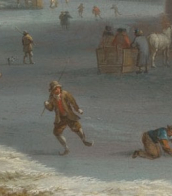
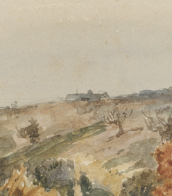

Iacopo Negretti, best known as Jacopo or Giacomo Palma il Giovane or simply Palma Giovane ("Young Palma"), was an Italian painter from Venice and a notable exponent of the Venetian school. After Tintoretto's death (1594), Palma became Venice's dominant artist perpetuating his style. Outside Venice, he received numerous commissions in the area of Bergamo, then part of the Venetian Domini di Terraferma, and in Central Europe, most prominently from the connoisseur emperor Rudolph II in Prague. Rejecting Mannerism in the 1580s, he embraced a reformist naturalism.[6] He varied the ingeniously synthesised amalgam according to subject matter and patrons' own eclectic and conservative tastes, with "virtuoso skill and a facile intelligence". Palma il Giovane went on to organize his own, large studio which he used to produce a repetitive series of religious and allegorical pictures that can be found throughout the territory of the Venetian Republic.

 Тинторетто. Автопортрет. 1588.jpg)
Jacopo Robusti Tintoretto was an Italian painter, a significant figure in the Venetian school, and one of the most notable artists of the late Renaissance. Born in Venice in 1518, Tintoretto was known for his rapid painting technique and bold brushwork, which both fascinated and sparked debate among his contemporaries. His early aspirations were evident when he was briefly apprenticed to Titian, a relationship that ended abruptly due to a clash of personalities or Titian's possible jealousy of Tintoretto's talent. Despite this setback, Tintoretto's self-driven studies, particularly his admiration for Michelangelo's drawing and Titian's coloring, shaped his artistic development.
Tintoretto's body of work is distinguished by its dramatic gestures and muscular figures, set in dynamic compositions with a masterful use of perspective and lighting, hallmarks of the Mannerist style. His paintings are celebrated for their emotional intensity and theatricality, elements that prefigured the Baroque movement. Among his numerous contributions to art and culture, Tintoretto's work in the Scuola Grande di San Rocco in Venice stands out, showcasing his skill in creating narrative and spiritual depth across a vast series of canvases dedicated to biblical stories and the life of Christ.
Significant works by Tintoretto include "The Last Supper" at San Giorgio Maggiore, which exemplifies his innovative approach to this traditional religious subject, and "The Miracle of the Slave," demonstrating his ability to convey divine intervention with dynamic realism. His legacy extends beyond his death in 1594, with his influence resonating in the works of later artists and contributing to the development of Baroque art.
Tintoretto's dedication to his craft and his unique approach to painting made him a pivotal figure in the transition from the Renaissance to the Baroque period. His works are housed in prestigious museums and galleries worldwide, continuing to inspire and captivate audiences with their intensity and beauty.
For collectors and experts in art and antiques, Tintoretto's oeuvre represents not only a high point of Venetian painting but also a bridge between eras in art history. His innovative techniques and expressive style offer rich insights into the evolving aesthetics of his time.
To stay updated on exhibitions, sales, and auction events related to Jacopo Robusti Tintoretto's work, signing up for updates is recommended. This subscription ensures access to the latest information on available pieces and upcoming showcases, tailored specifically to enthusiasts of Tintoretto's groundbreaking contributions to art and culture.

 Тинторетто. Автопортрет. 1588.jpg)
Jacopo Robusti Tintoretto was an Italian painter, a significant figure in the Venetian school, and one of the most notable artists of the late Renaissance. Born in Venice in 1518, Tintoretto was known for his rapid painting technique and bold brushwork, which both fascinated and sparked debate among his contemporaries. His early aspirations were evident when he was briefly apprenticed to Titian, a relationship that ended abruptly due to a clash of personalities or Titian's possible jealousy of Tintoretto's talent. Despite this setback, Tintoretto's self-driven studies, particularly his admiration for Michelangelo's drawing and Titian's coloring, shaped his artistic development.
Tintoretto's body of work is distinguished by its dramatic gestures and muscular figures, set in dynamic compositions with a masterful use of perspective and lighting, hallmarks of the Mannerist style. His paintings are celebrated for their emotional intensity and theatricality, elements that prefigured the Baroque movement. Among his numerous contributions to art and culture, Tintoretto's work in the Scuola Grande di San Rocco in Venice stands out, showcasing his skill in creating narrative and spiritual depth across a vast series of canvases dedicated to biblical stories and the life of Christ.
Significant works by Tintoretto include "The Last Supper" at San Giorgio Maggiore, which exemplifies his innovative approach to this traditional religious subject, and "The Miracle of the Slave," demonstrating his ability to convey divine intervention with dynamic realism. His legacy extends beyond his death in 1594, with his influence resonating in the works of later artists and contributing to the development of Baroque art.
Tintoretto's dedication to his craft and his unique approach to painting made him a pivotal figure in the transition from the Renaissance to the Baroque period. His works are housed in prestigious museums and galleries worldwide, continuing to inspire and captivate audiences with their intensity and beauty.
For collectors and experts in art and antiques, Tintoretto's oeuvre represents not only a high point of Venetian painting but also a bridge between eras in art history. His innovative techniques and expressive style offer rich insights into the evolving aesthetics of his time.
To stay updated on exhibitions, sales, and auction events related to Jacopo Robusti Tintoretto's work, signing up for updates is recommended. This subscription ensures access to the latest information on available pieces and upcoming showcases, tailored specifically to enthusiasts of Tintoretto's groundbreaking contributions to art and culture.

 Тинторетто. Автопортрет. 1588.jpg)
Jacopo Robusti Tintoretto was an Italian painter, a significant figure in the Venetian school, and one of the most notable artists of the late Renaissance. Born in Venice in 1518, Tintoretto was known for his rapid painting technique and bold brushwork, which both fascinated and sparked debate among his contemporaries. His early aspirations were evident when he was briefly apprenticed to Titian, a relationship that ended abruptly due to a clash of personalities or Titian's possible jealousy of Tintoretto's talent. Despite this setback, Tintoretto's self-driven studies, particularly his admiration for Michelangelo's drawing and Titian's coloring, shaped his artistic development.
Tintoretto's body of work is distinguished by its dramatic gestures and muscular figures, set in dynamic compositions with a masterful use of perspective and lighting, hallmarks of the Mannerist style. His paintings are celebrated for their emotional intensity and theatricality, elements that prefigured the Baroque movement. Among his numerous contributions to art and culture, Tintoretto's work in the Scuola Grande di San Rocco in Venice stands out, showcasing his skill in creating narrative and spiritual depth across a vast series of canvases dedicated to biblical stories and the life of Christ.
Significant works by Tintoretto include "The Last Supper" at San Giorgio Maggiore, which exemplifies his innovative approach to this traditional religious subject, and "The Miracle of the Slave," demonstrating his ability to convey divine intervention with dynamic realism. His legacy extends beyond his death in 1594, with his influence resonating in the works of later artists and contributing to the development of Baroque art.
Tintoretto's dedication to his craft and his unique approach to painting made him a pivotal figure in the transition from the Renaissance to the Baroque period. His works are housed in prestigious museums and galleries worldwide, continuing to inspire and captivate audiences with their intensity and beauty.
For collectors and experts in art and antiques, Tintoretto's oeuvre represents not only a high point of Venetian painting but also a bridge between eras in art history. His innovative techniques and expressive style offer rich insights into the evolving aesthetics of his time.
To stay updated on exhibitions, sales, and auction events related to Jacopo Robusti Tintoretto's work, signing up for updates is recommended. This subscription ensures access to the latest information on available pieces and upcoming showcases, tailored specifically to enthusiasts of Tintoretto's groundbreaking contributions to art and culture.


Lucas van Leyden, also named either Lucas Hugensz or Lucas Jacobsz, was a Dutch painter and printmaker in engraving and woodcut. Lucas van Leyden was among the first Dutch exponents of genre painting and was a very accomplished engraver.
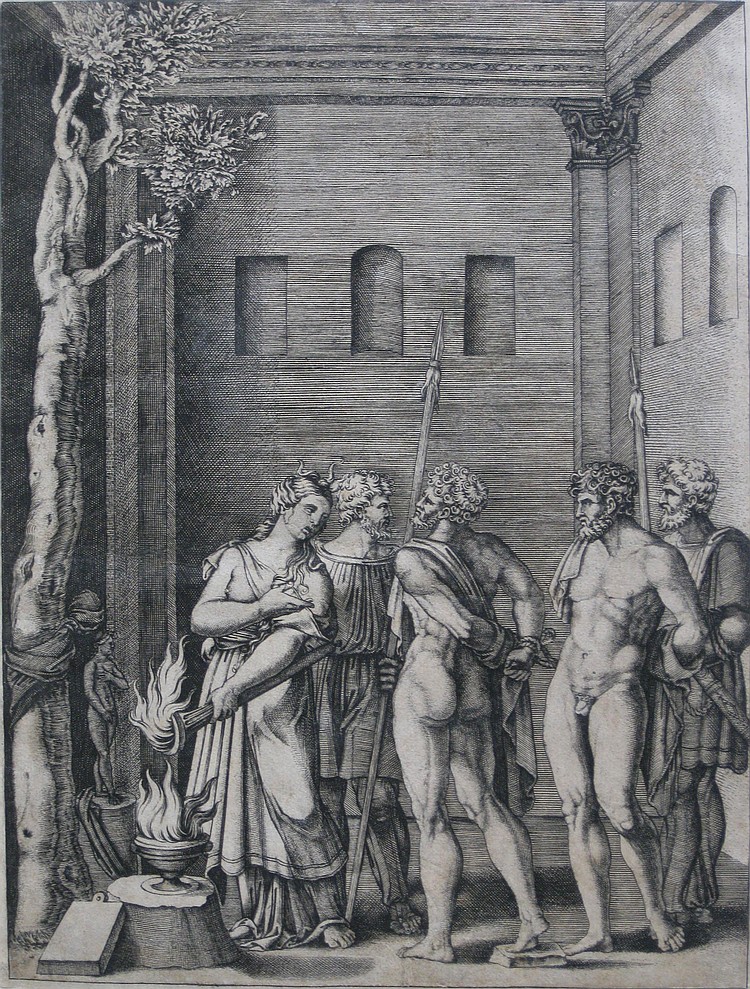
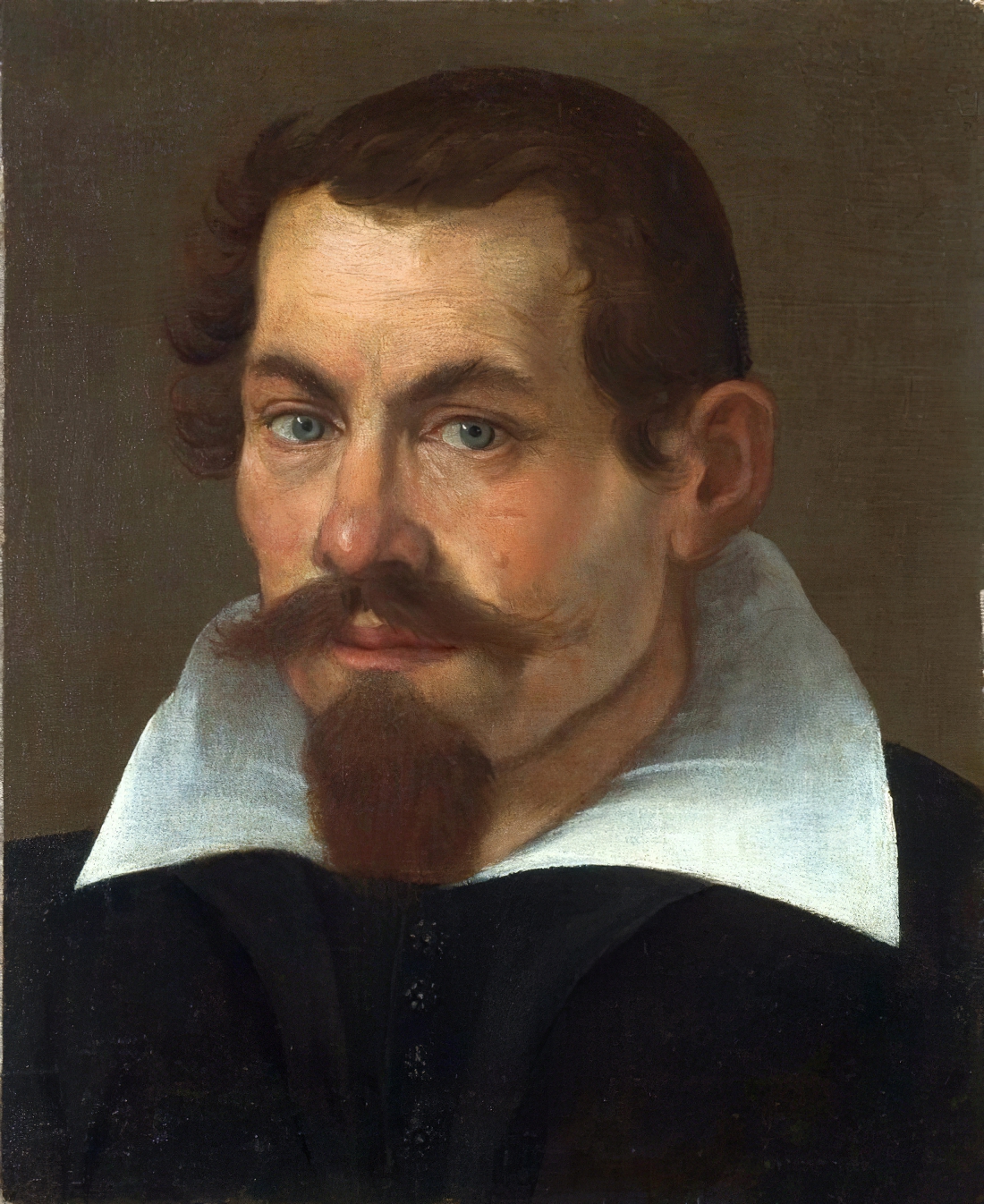
Agostino Carracci, an Italian painter and printmaker born in 1557 in Bologna, is celebrated not just for his own art but also for his significant contributions alongside his brother Annibale and cousin Ludovico to the revitalization of Italian painting at the end of the sixteenth century. While Agostino's paintings are noteworthy, he is particularly distinguished as one of the premier printmakers of his era, producing high-quality reproductive engravings of works by renowned artists like Veronese and Tintoretto, as well as his original creations.
His collaborative work with Annibale on the frescoes for the gallery of the Palazzo Farnese in Rome is one of the notable highlights of his career, demonstrating the Carracci family's impact on the direction of Italian art towards a more realistic and classical style, countering the prevalent Mannerist tendencies of their time. His untimely death in 1602 in Parma curtailed a career that, through his engravings and teachings at the informal academy founded in Bologna with his relatives, influenced a broad swath of the art world, including future generations.
For art collectors and experts, Agostino Carracci's works offer a glimpse into a pivotal moment in art history, where a shift towards classical realism was being forged. His engravings and paintings remain a testament to his skill and a vital part of the narrative of Italian art's evolution.
To delve deeper into Agostino Carracci's world and stay informed about related artworks and auction events, signing up for updates is a proactive step. By subscribing, you'll receive tailored information about Agostino Carracci, ensuring you're always in the loop regarding new insights and opportunities in the realm of art and antiques related to this influential figure.
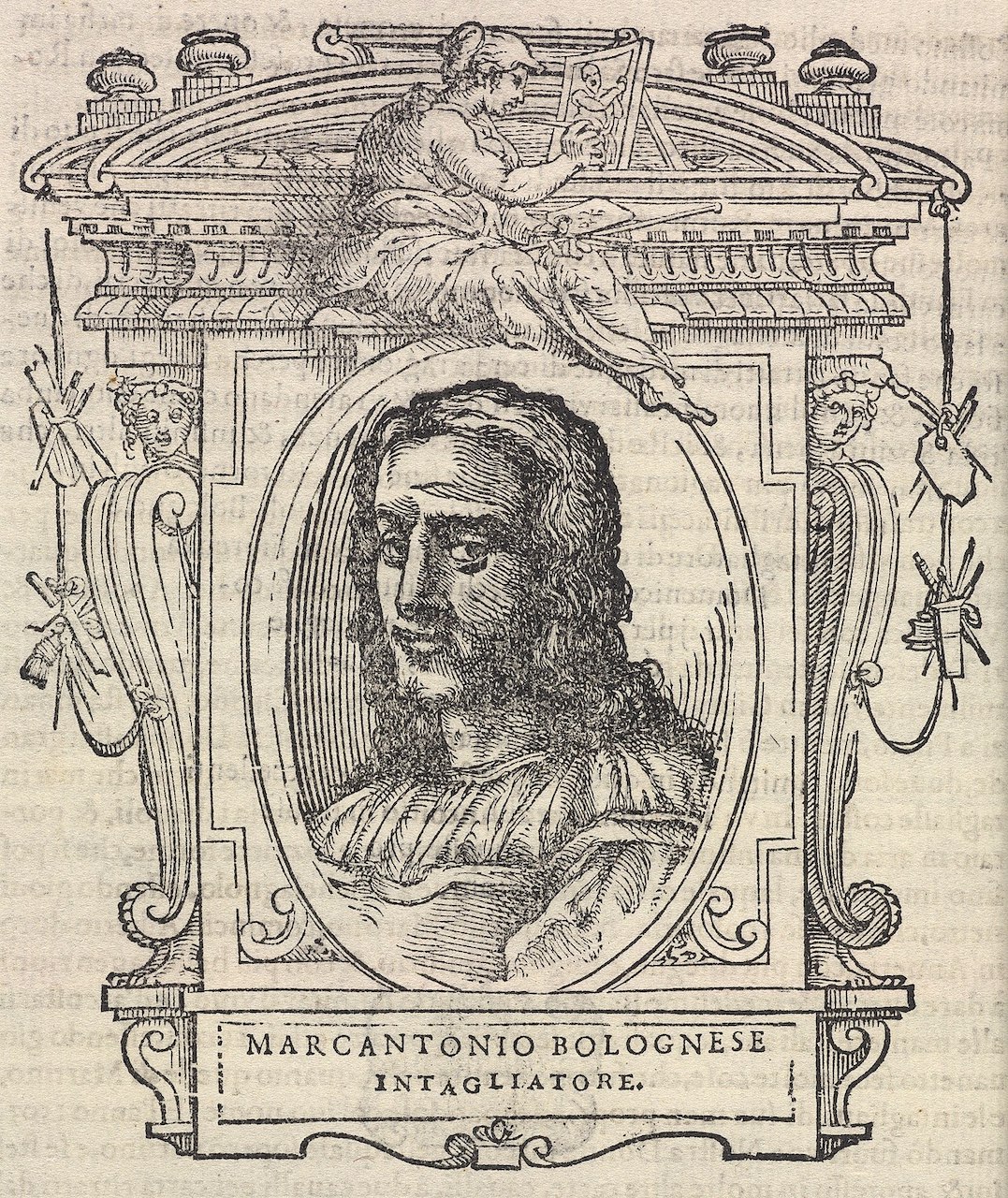
Marcantonio Raimondi, also Marcantonio Francia, was an Italian draftsman and copper engraver. He authored more than 300 engravings of Renaissance artworks, including paintings by Raphael and ancient monuments such as architecture, vases and ornaments.
Marcantonio spent his childhood years in Bologna, but little is known of his mother and father's family. The artist was called "Marco Antonio Bolognese". According to Giorgio Vasari, Marcantonio spent some time in France, as his monogram "MAF": Marcantonio Francia confirms. Later he travelled between Venice, Florence and Rome. Influences of the French style can be seen in his works.
His work on the works of Raphael led Marcantonio to collaborate with Giulio Romano, who first commissioned from him a series of images taken from The Histories of Venus, Apollo and Hyacinth and The Histories of Magdalene and the Four Evangelists. Sixteen engravings, based on drawings by Giulio Romano, of Pietro Aretino's love sonnets and containing an erotic subject, were called "Poses of Aretino".
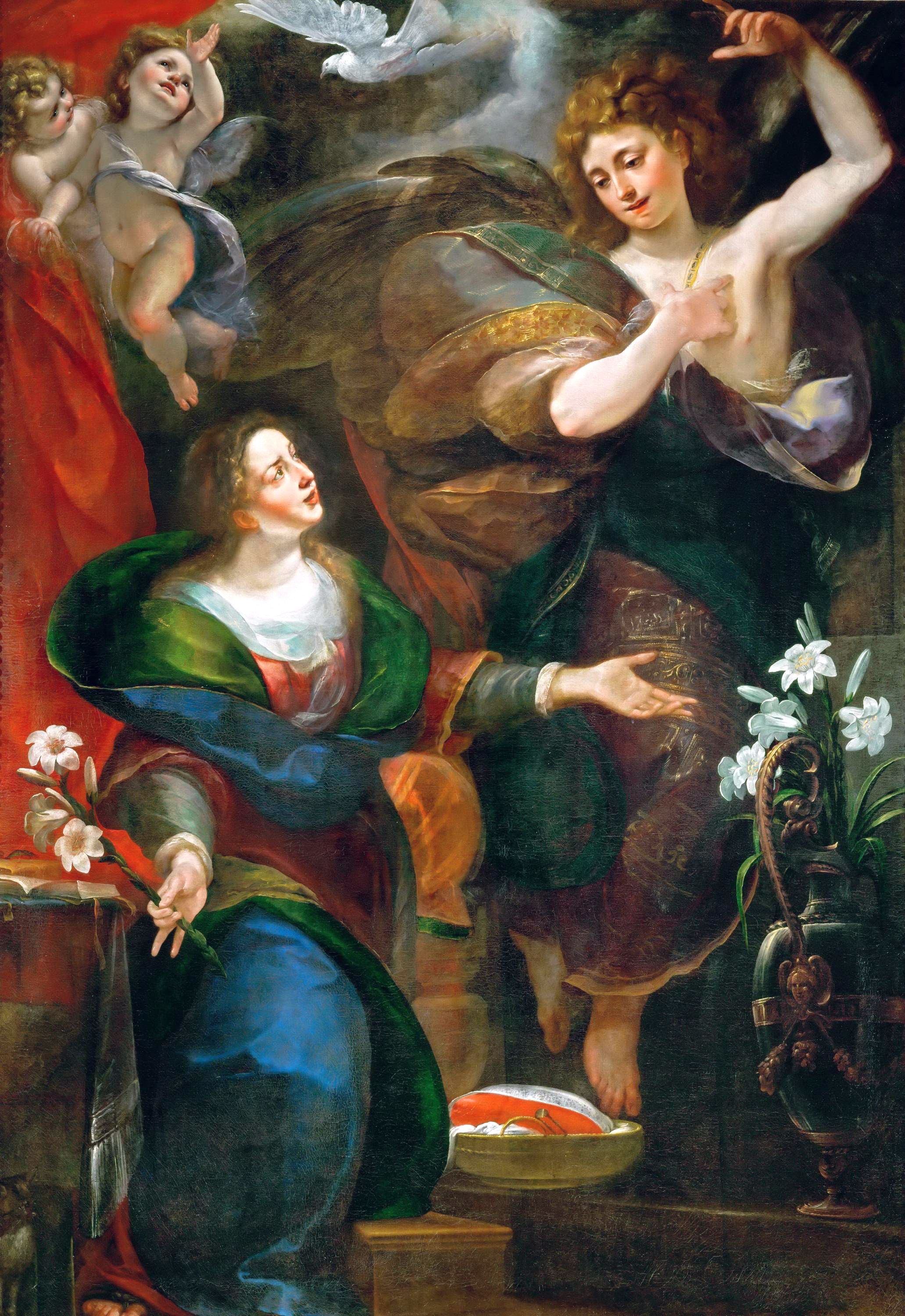
Camillo Procaccini was an Italian painter. He has been posthumously referred to as the Vasari of Lombardy, for his prolific Mannerist fresco decoration. He was the son of the painter Ercole Procaccini the Elder, and older brother to Giulio Cesare and Carlo Antonio, both painters.

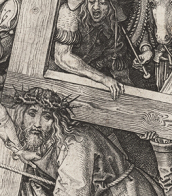



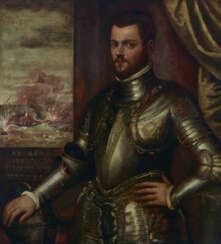



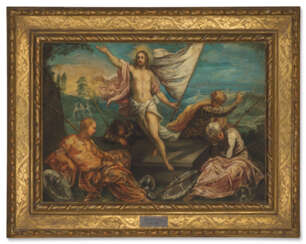

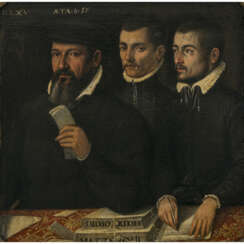

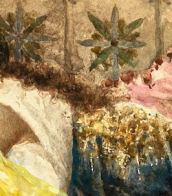












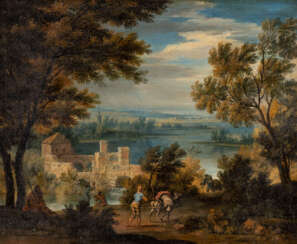

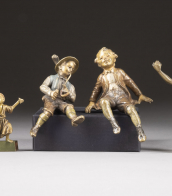
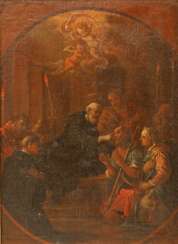




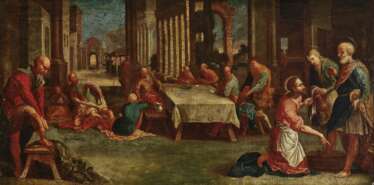

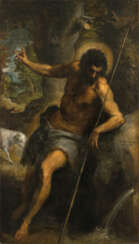

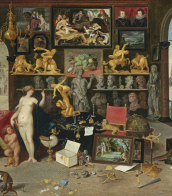
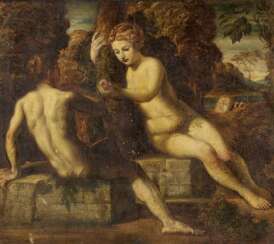

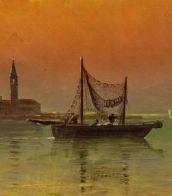


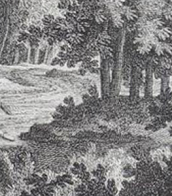



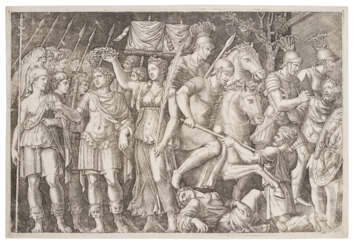

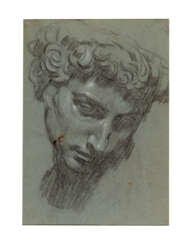

![[Roberto Canonici (1568-1631)]](/assets/image/picture_4734271/340e3/69d06006bde984c67ec589cb829ac1601752012000jpg__fix_374_244.jpeg)
![[Roberto Canonici (1568-1631)]](https://veryimportantlot.com/assets/image/picture_4734271/340e3/69d06006bde984c67ec589cb829ac1601752012000jpg__fix_374_244.jpeg)
